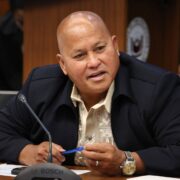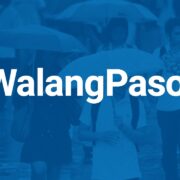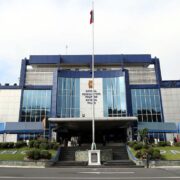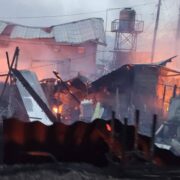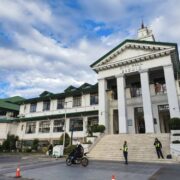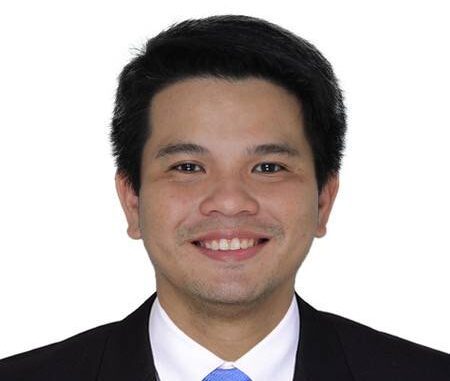Empowering regional development councils for accountable infrastructure
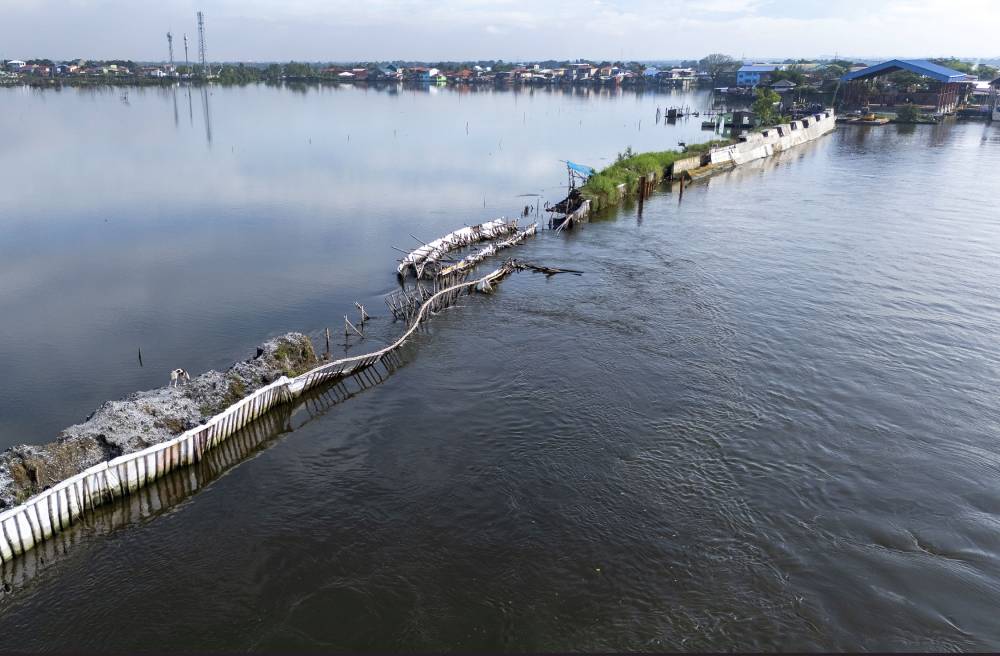
The public outrage over this mega scandal on flood control is long on protests and demands, but has left us short of solutions.
But one thing is clear, we have a systemic problem. The Philippines still relies on a highly centralized, politically intermediated model for delivering infrastructure.
Each rainy season renews public frustration as familiar bottlenecks persist—delayed projects, inflated contracts and limited visibility into where taxpayers’ money goes.
We need short and medium-term system changes on how our infrastructure projects are chosen, priced, awarded, built and paid.
The Department of Public Works and Highways (DPWH) remains one of the country’s largest bureaucracies, with roughly 20,000 employees across about 200 district engineering offices handling some 21,000 projects in 2024 alone. Its scope is immense, but its monitoring mechanisms are thinly stretched.
There are well-intentioned reforms—such as the recent reassignment of classroom construction to other channels and cost-cutting directives in capital outlays.
If reform is to reach the ground, the solution must be both structural and local
Regional Development Councils (RDCs) are not new creations. The 1987 Constitution (Section 14, Article X) envisioned them as multisectoral coordinating bodies to decentralize administration and accelerate regional development.
Executive Orders No. 325-A and 376, along with the Local Government Code, gave them their mandate and composition.
There are about 20 RDC-type entities across the country—covering the 16 regions plus the Cordillera Administrative Region, Negros Island Region, the Metropolitan Manila Development Authority area and the Bangsamoro Autonomous Region in Muslim Mindanao.
At present, RDCs shape the Regional Development Plans and take part in the consultations for the National Expenditure Program.
Their role, however, stops largely at planning. The next step is to extend their authority to the execution and monitoring stages of infrastructure projects.
This adjustment would not require creating new institutions or passing new laws. It involves formalizing and resourcing functions already permitted by existing policy.
Specifically, RDCs could maintain public project ledgers—monthly updated lists of regional projects detailing scope, engineer’s estimates, awarded contracts, variation orders and progress milestones.
Independent Technical Working Groups composed of engineers, quantity surveyors, academics and civil society representatives could then review specifications, inspect sites and verify billings.
Every project would have an accompanying visual record: periodic drone or ground photographs matched against declared progress. Department of Budget and Management regional offices would release funds by milestones only after RDC validation, ensuring that fund releases follow verified accomplishment.
Challenges
The result is an inexpensive but powerful reform, which is citizen-visible infrastructure governance without adding bureaucratic layers.
Critics may raise two predictable concerns. First, that RDCs could themselves fall prey to local political capture.
This risk is real, but mitigated by their multisector composition, mandatory publication of data and the healthy competition among regions.
A captured RDC would quickly stand out when comparative RDC performance dashboards reveal cost or delay anomalies.
Second, some fear that RDC oversight might slow implementation by inserting another layer of approval. Experience suggests the opposite: clear rules and transparent processes speed up decision-making by reducing informal negotiation and rework.
For honest contractors and engineers, the presence of an RDC-based TWG provides faster dispute resolution and protection against arbitrary interference.
Building trust
Beyond efficiency, the broader benefit lies in rebuilding trust. Citizens deserve to see what their taxes produce, not merely at ribbon-cutting ceremonies but throughout the construction period.
DPWH field engineers must present their respective accomplishments, which must be verified by independent scrutiny.
Policymakers, in turn, gain a credible, real-time accountability mechanism, instead of relying solely on after-the-fact audits.
Empowering RDCs is therefore not a radical departure; it is the completion of the decentralization promise embedded in the Constitution. It brings oversight closer to where the projects are, using institutions that already exist.
If implemented, this reform could transform the annual budget process. The next National Expenditure Program would include, for each region, not just a list of proposed projects but also a close-out report showing what was completed, what was delayed and why.
In time, this could evolve into a genuine performance-based budgeting culture—something that the country’s infrastructure sector has sorely lacked.
National integrity bodies will continue to play their vital deterrent and punitive roles. Post audit bodies, like the Ombudsman, the Commission on Audit and an empowered Independent Commission for Infrastructure, are triggered only when fraud has already occurred.
Their output ends up in litigation in our judicial system, which is a subject of an entirely separate national conversation. The fear of prosecution did not deter the mega scandal perpetrators.
Prevention of fraud and irregularities gets stronger when monitoring is continuous, local and plural. The RDC framework already provides that architecture. The task now is to activate it, support it and link it directly to budget releases.
Empowering the RDCs for infrastructure oversight is a practical, constitutionally sound reform—one that can deliver visible results within the next budget cycle. It is the simplest way to make sure that every peso released for public works translates into projects that are real, functional and built to last.
Twenty sets of varied local eyes staring into smaller packages will outperform a single, overloaded Manila-centric organization with a historically ingrained culture of corruption.
This article reflects the personal opinion of the author and does not reflect the official stand of the Management Association of the Philippines or MAP. The author is past president of MAP and chair of the Serela Holdings Corporation. He has decades of senior and top management experience in various industries in the private sector as well as managing government corporations under three Philippine Presidents. Feedback at map@map.org.ph and aguilar.arthur@gmail.com.



